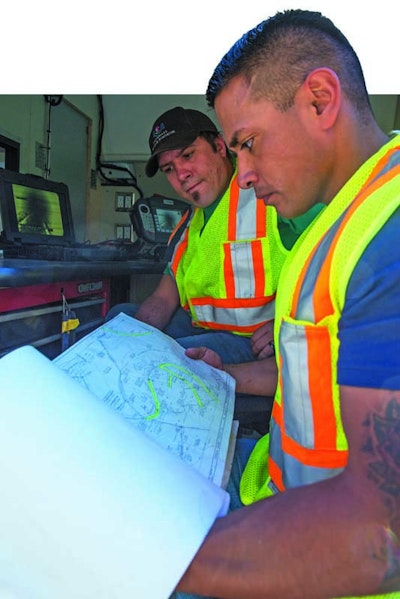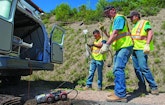
If the Town of Snowmass Village is a community built on extreme skiing and snowboarding, then the Snowmass Water and Sanitation District is a utility built on extreme water conservation, inspection and maintenance.
Snowmass Village is located roughly 200 miles west of Denver...









